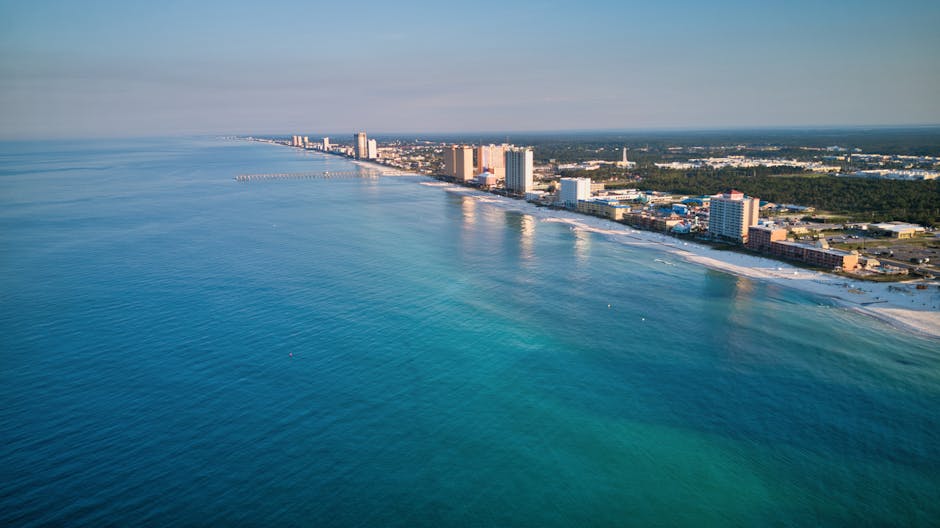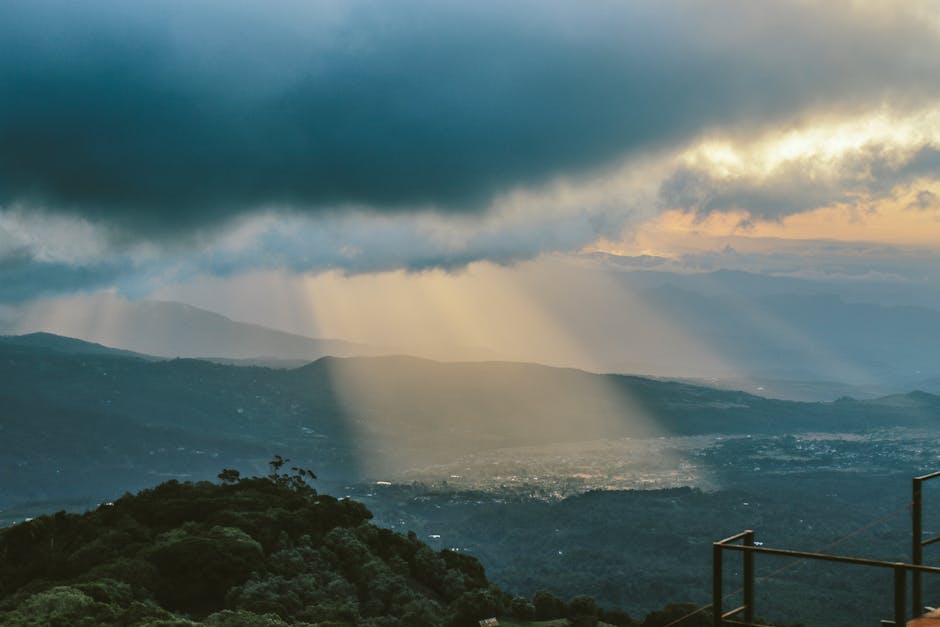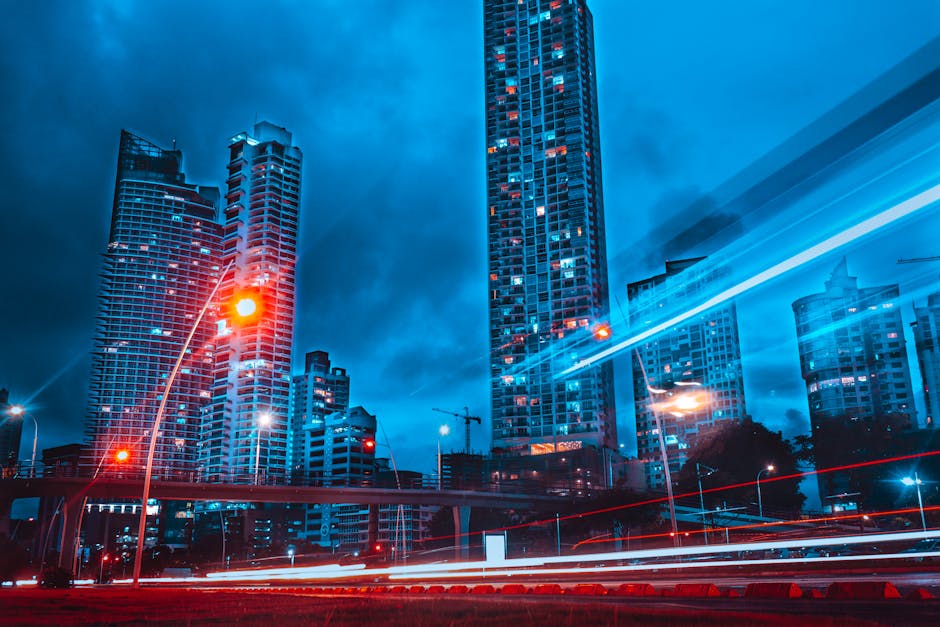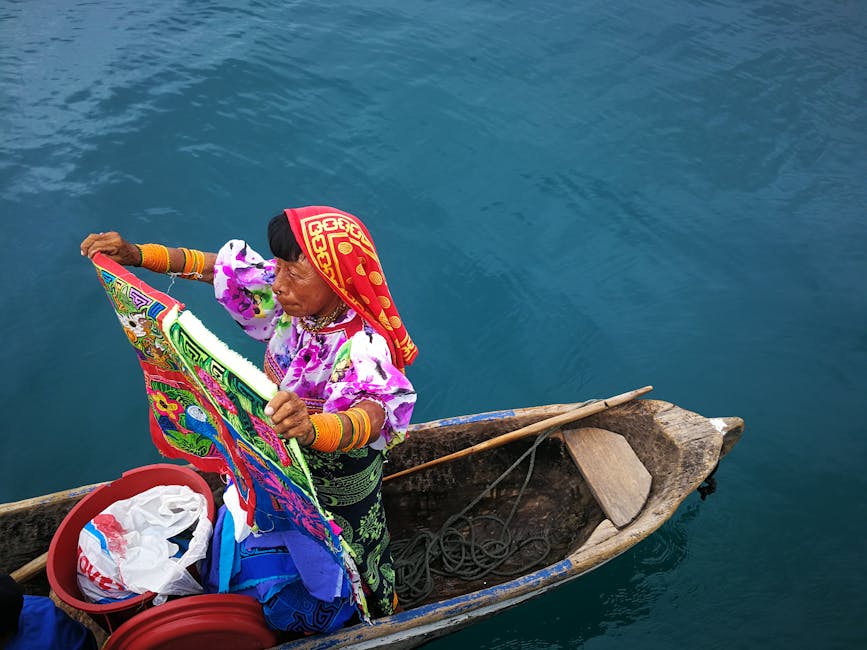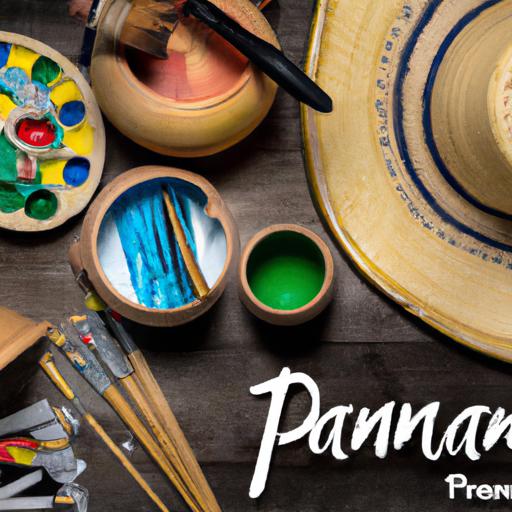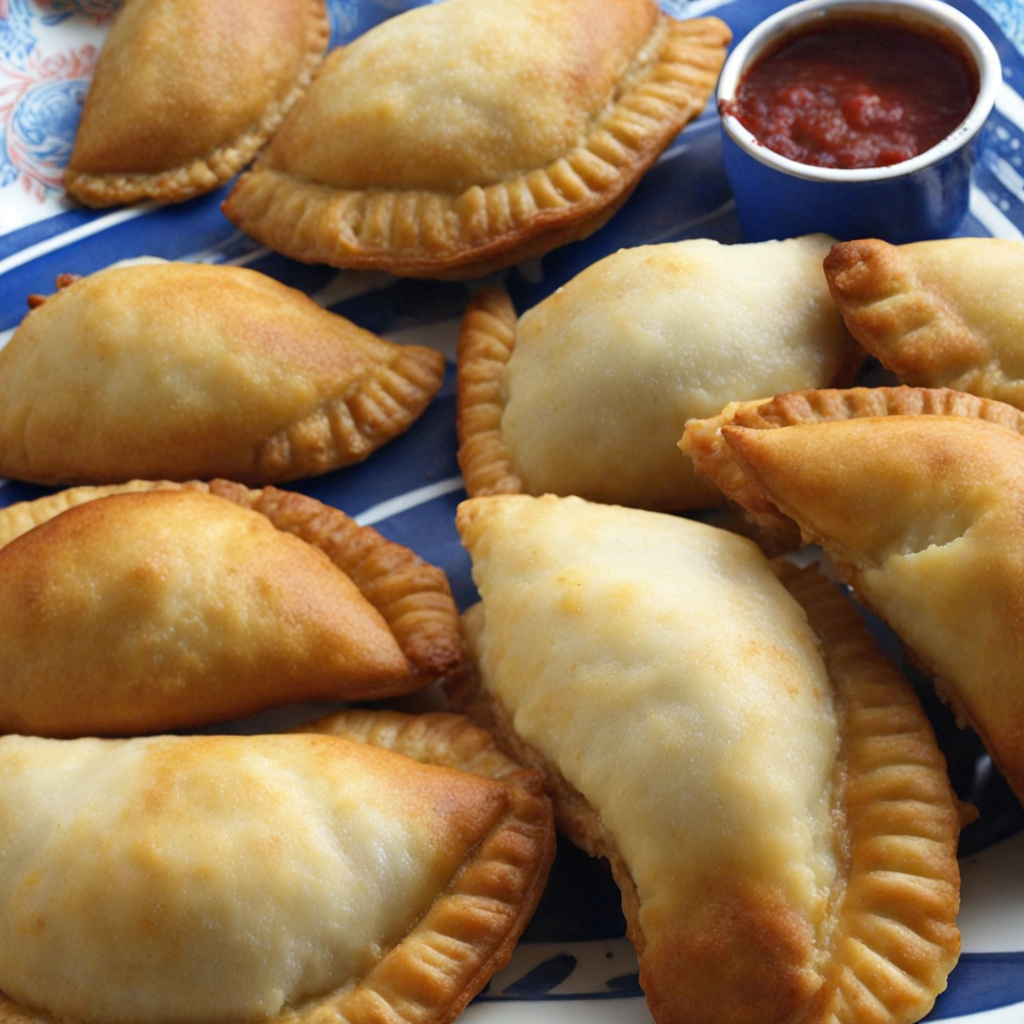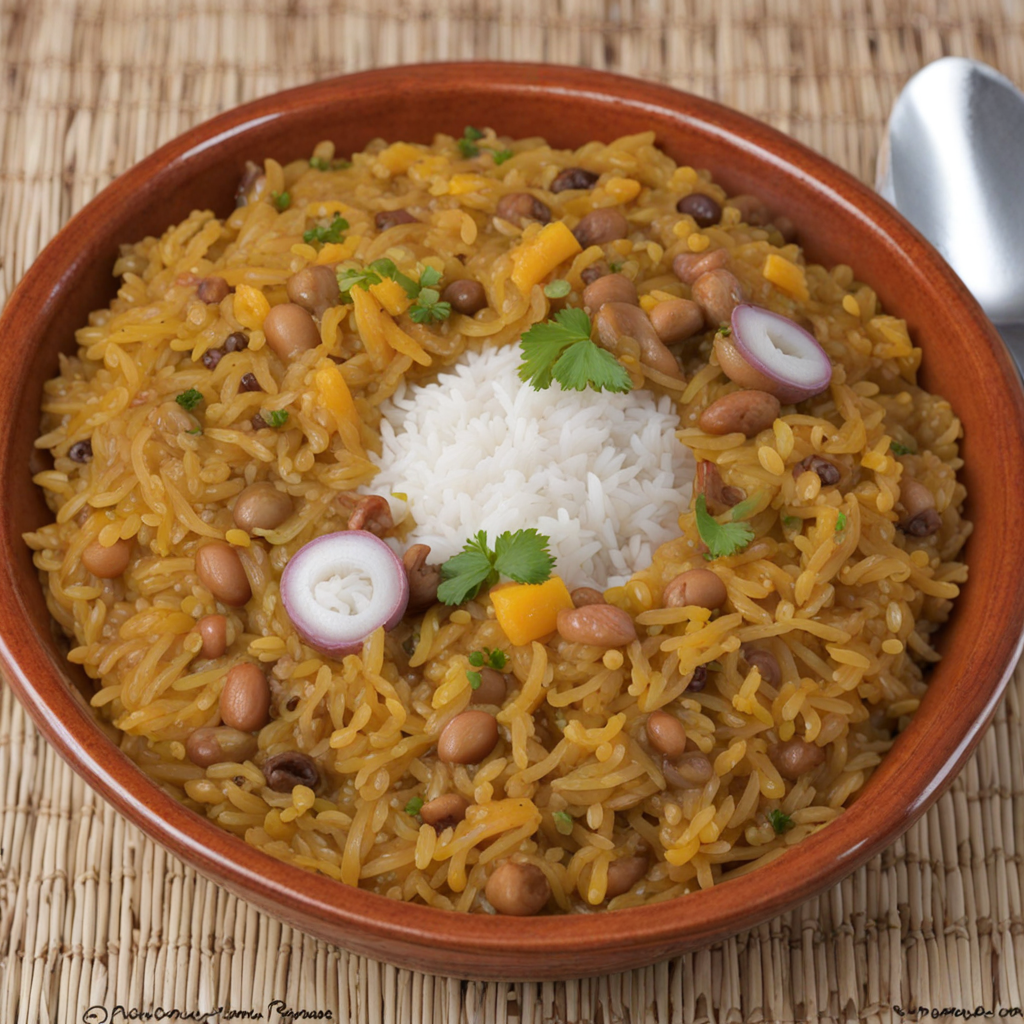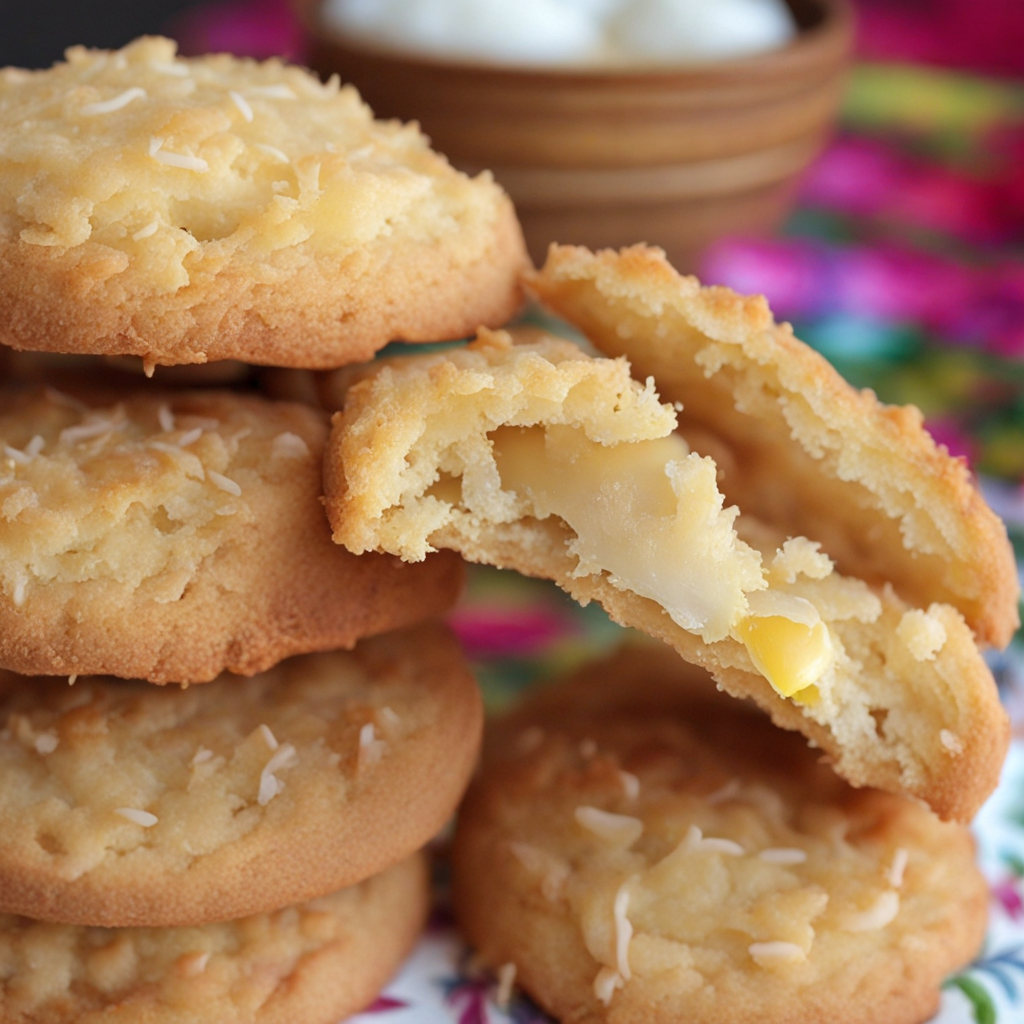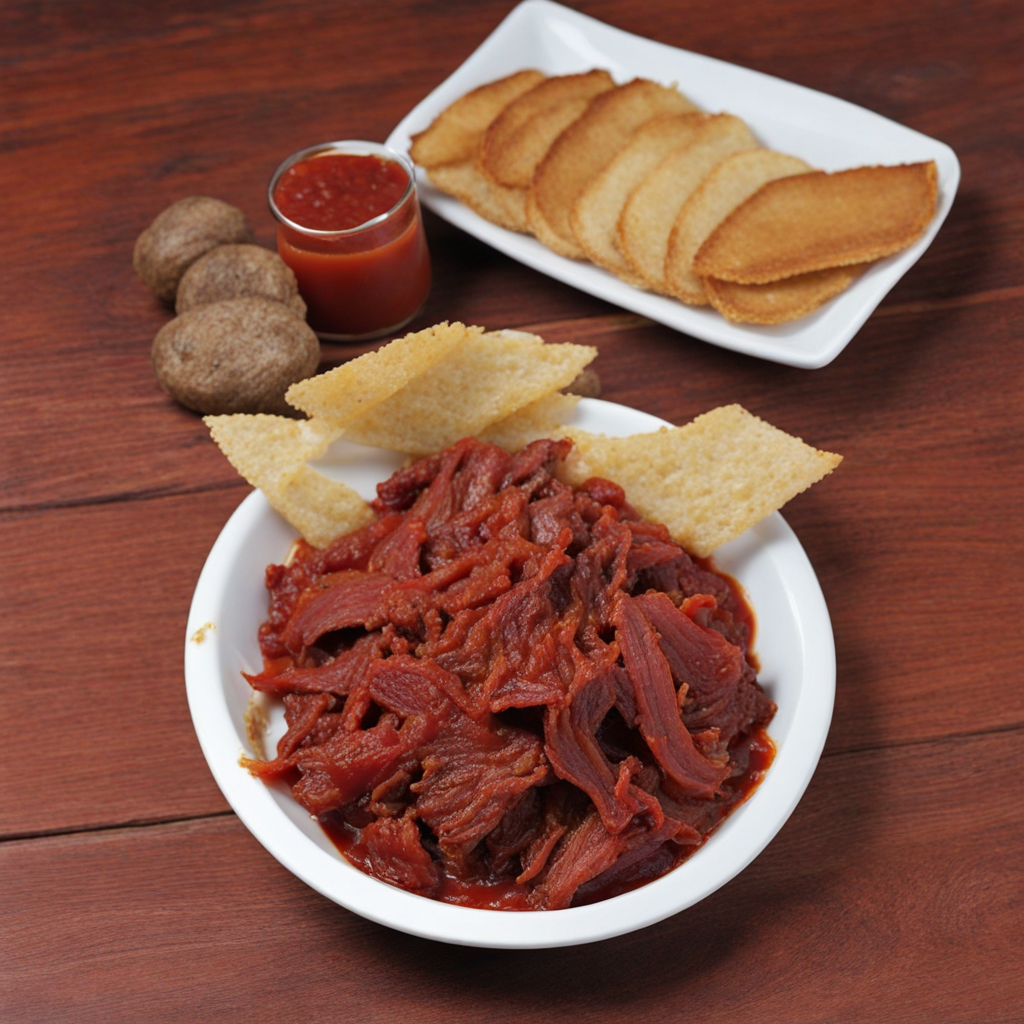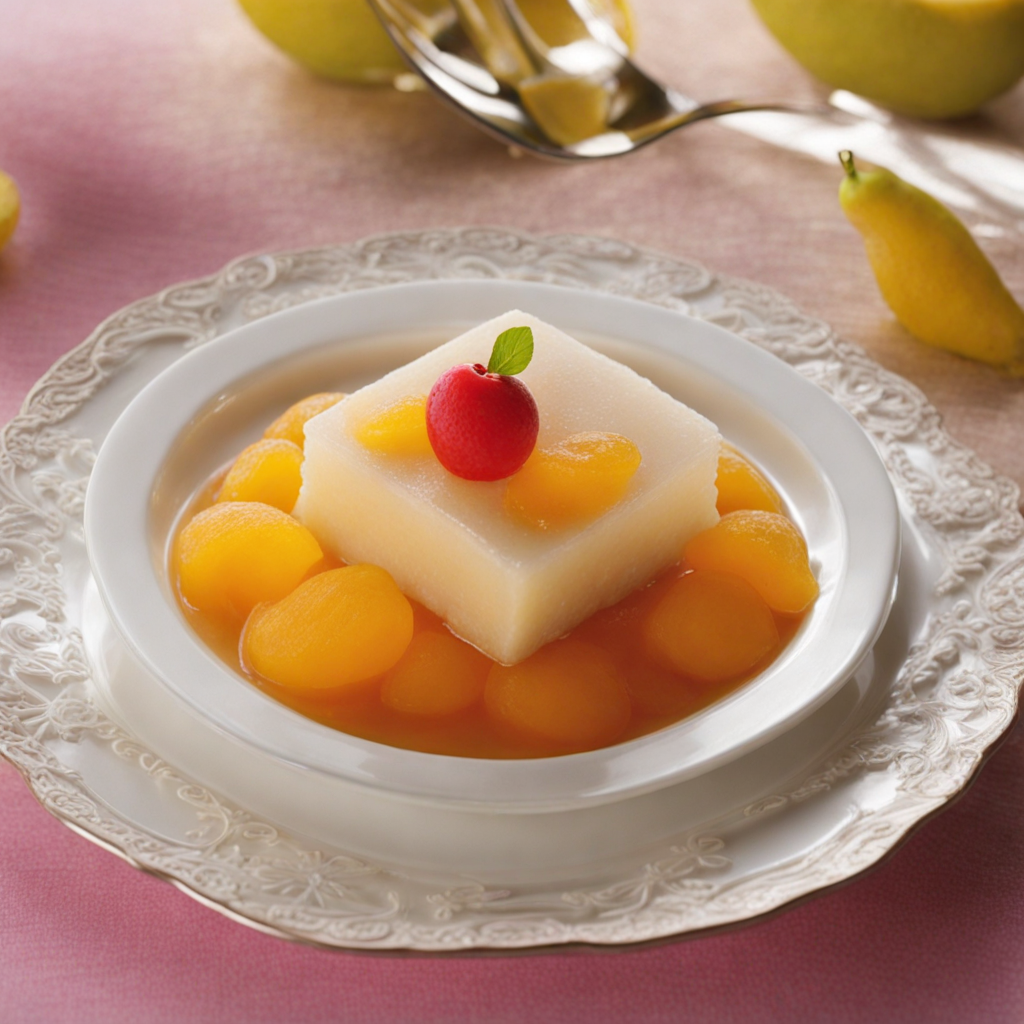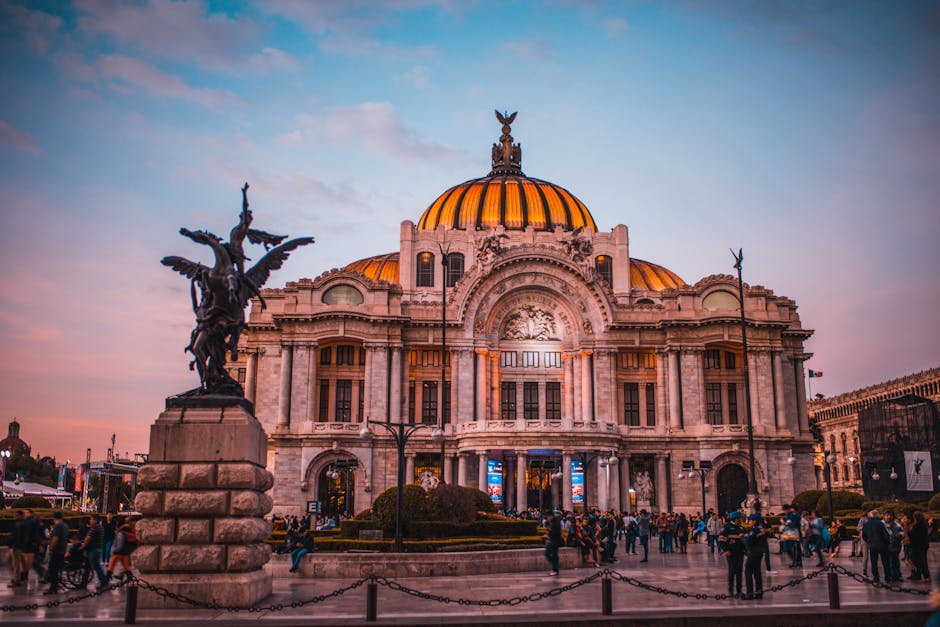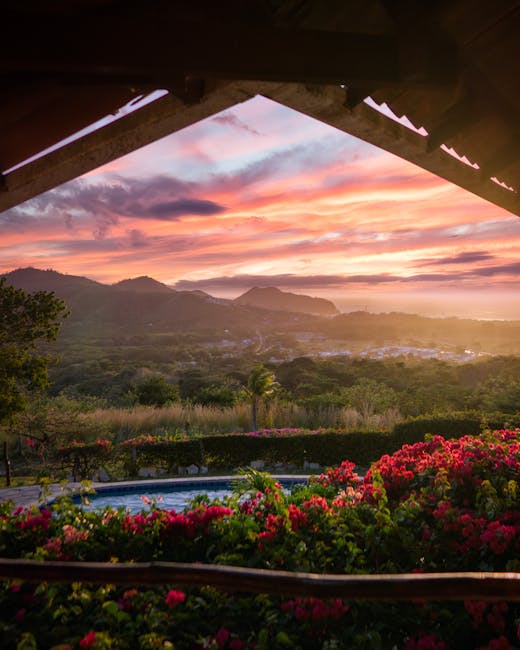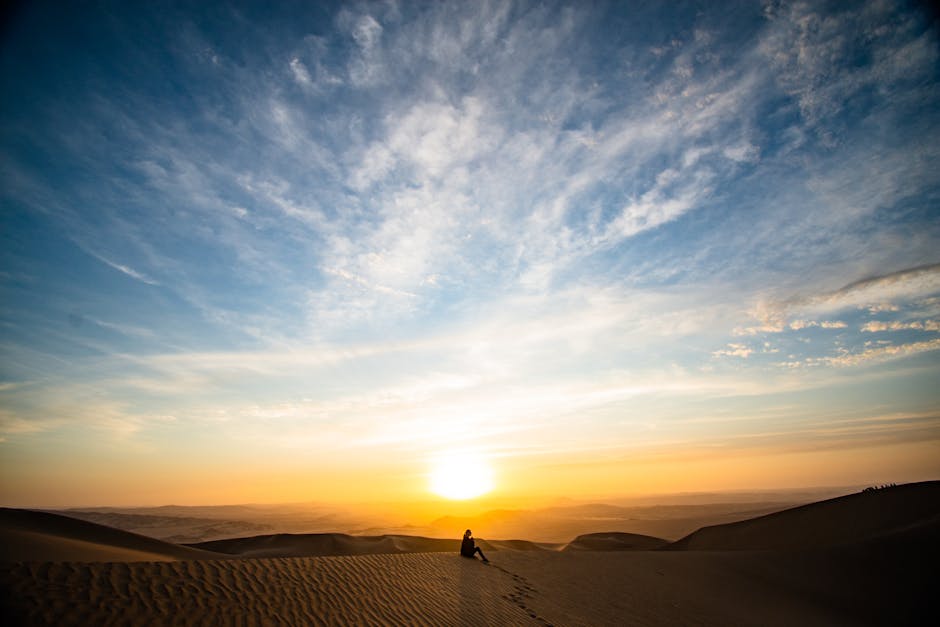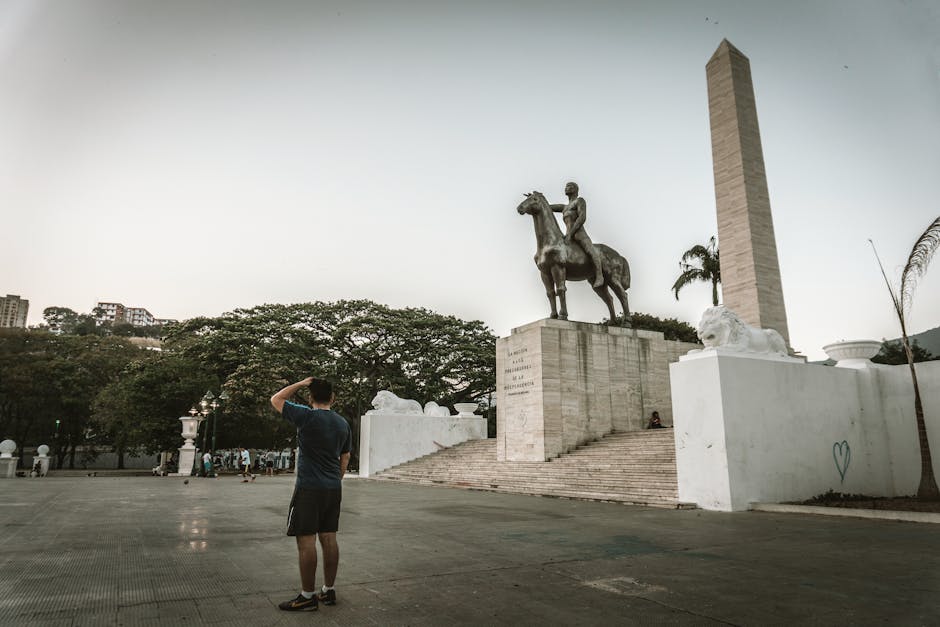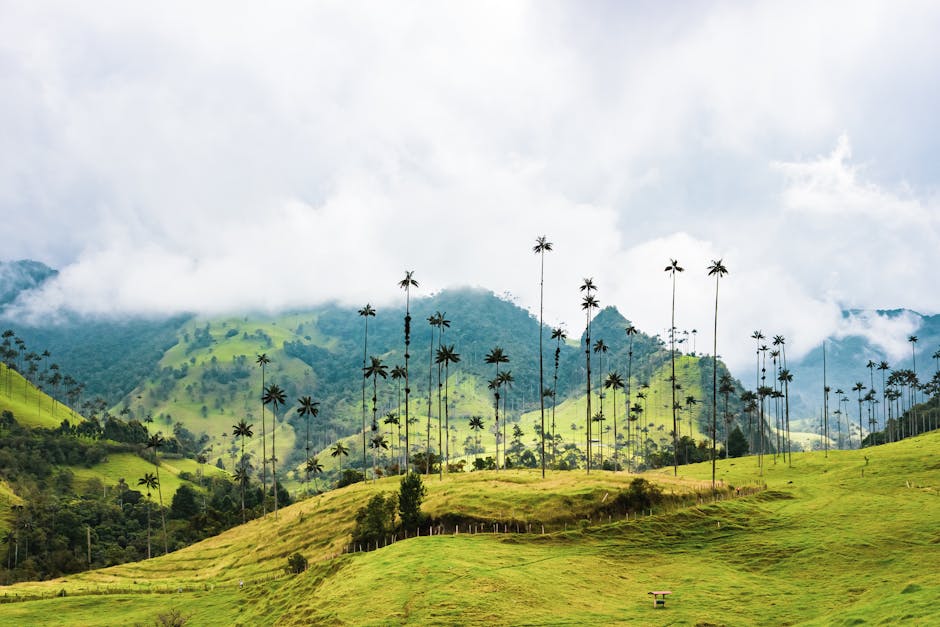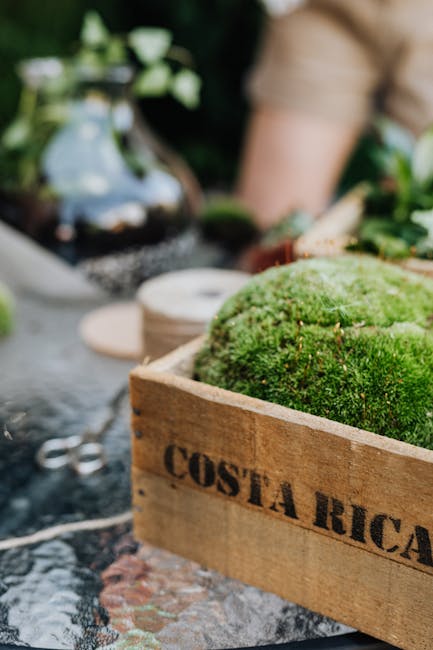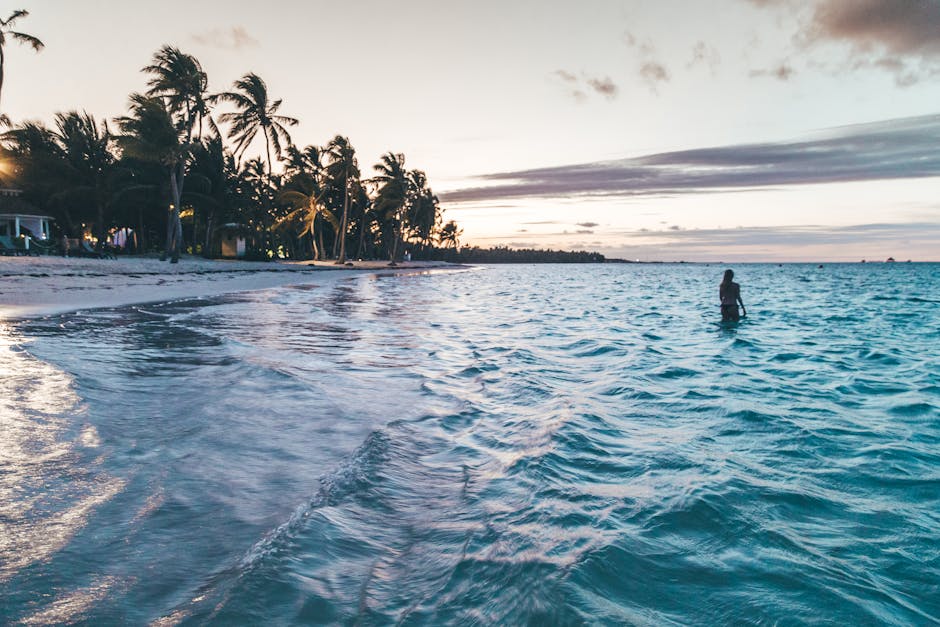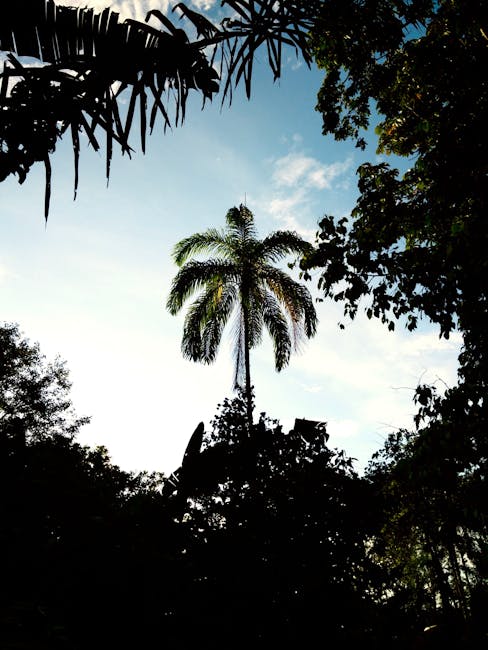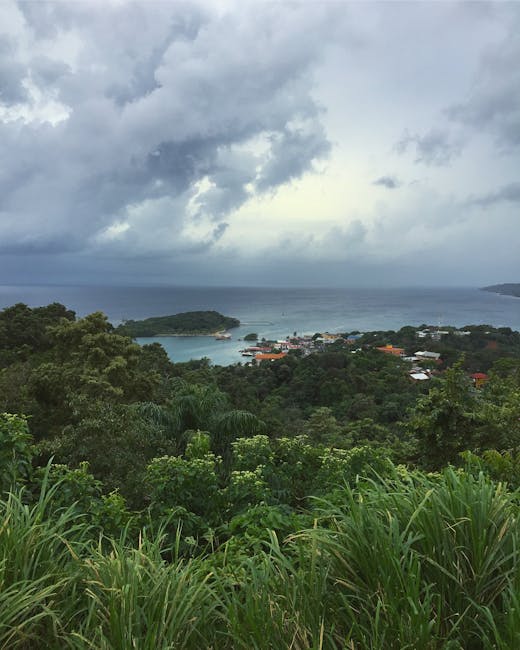Panama
Overview
Panama, a vibrant country located in Central America, is an exciting travel destination that offers a unique blend of cultures, ecosystems, and history. Renowned for its famous Panama Canal, this country is a fusion of old and new, with modern skyscrapers, casinos, and nightclubs juxtaposed against colonial buildings in the Casco Viejo district and rainforest habitats. Its rich culture is influenced by a blend of indigenous, Spanish, and African traditions which are evident in the local cuisine, music, and festivals. Panama's biodiversity is another distinguishing feature, boasting a larger variety of bird species than anywhere else in Central America.
The high season for tourism in Panama is during the dry season from mid-December to mid-April, when the weather is less humid and there's less rainfall. This time of the year is perfect for outdoor activities such as exploring Panama's white-sand beaches, hiking in its national parks, bird-watching, or visiting the indigenous communities in the Comarca de Guna Yala. Another popular activity is taking a cruise through the Panama Canal, a remarkable feat of engineering that connects the Atlantic and Pacific oceans. For the culturally inclined, the Carnival celebrations in February are a spectacle to behold, filled with vibrant floats, traditional music, and dancing.
Before visiting Panama, travelers should ensure they have a valid passport. Although a visa is not required for stays less than 180 days, a return or onward ticket and proof of sufficient funds for the stay are necessary. It's recommended to have travel insurance that covers medical expenses. English is widely spoken in tourist areas, but learning a few basic phrases in Spanish can enhance the travel experience. Panama uses the US dollar as its official currency, so there's no need for tourists from the US to exchange money. Lastly, while Panama is generally safe, travelers should take standard precautions to protect their belongings and avoid isolated areas, especially at night.
A Glimpse into the Past
Panama, a narrow isthmus connecting Central and South America, boasts a rich and diverse history that has shaped its unique culture and identity. This land is not only famous for the Panama Canal, a marvel of engineering, but also for its vibrant indigenous cultures, colonial heritage, and modern urban life.
The history of Panama dates back thousands of years, with the region being inhabited by various indigenous groups, including the Kuna, Ngäbe, and Emberá. These communities thrived in the lush rainforests and along the coasts, developing rich traditions and languages. Their deep connection to the land is reflected in their crafts, music, and the natural resources they utilize. For travelers, visiting indigenous villages provides a unique insight into the customs and lifestyles that persist today, making for an enriching experience beyond the urban landscape.
In the early 1500s, European exploration transformed Panama’s landscape. In 1513, the Spanish explorer Vasco Núñez de Balboa crossed the Isthmus of Panama and became the first European to see the Pacific Ocean. His discovery set the stage for the Spanish colonization of the region, leading to the establishment of Panama City in 1519. The city, one of the oldest in the Americas, served as a crucial transit point for gold and silver from South America to Europe, making it a target for pirates and foreign powers.
The colonial era was marked by the construction of significant structures, many of which still stand today. The Casco Viejo district, a UNESCO World Heritage Site, showcases colonial architecture and vibrant streets filled with restaurants, shops, and art galleries. Visitors can explore its historic plazas, churches like San José Church with its stunning golden altar, and enjoy the lively atmosphere that reflects the city’s past and present.
Panama's strategic location made it a focal point for global trade, but it also led to various conflicts. In the 19th century, Panama was part of Gran Colombia, a republic that included several countries in northern South America. After a series of conflicts, Panama split from Gran Colombia in 1903, a move that was heavily influenced by U.S. interests in constructing a canal. This led to the signing of the Treaty of Hay-Bunau-Varilla, granting the U.S. control over the Panama Canal Zone.
Construction of the Panama Canal began in 1904 and was completed in 1914, transforming global shipping routes. The canal allows ships to travel between the Atlantic and Pacific Oceans, drastically reducing travel time. The engineering feat is celebrated through the Miraflores Locks, where visitors can watch ships pass and learn about the canal’s history at the accompanying museum. The canal remains a symbol of Panama’s significance in global trade and an essential part of the nation's economy.
Throughout the 20th century, Panama experienced political turmoil and civil unrest, culminating in the U.S. invasion in 1989 to depose military dictator Manuel Noriega. This event led to the restoration of democratic governance and ultimately the transfer of control of the Panama Canal back to Panama on December 31, 1999. This pivotal moment in history marked the beginning of a new era for the nation, with a focus on rebuilding and development.
Today, Panama is known for its vibrant economy and cultural diversity. Panama City is a modern metropolis with a skyline dominated by skyscrapers, juxtaposed with historic districts that tell the story of its colonial past. The city is a hub for commerce, finance, and tourism, attracting visitors from around the world. The Cinta Costera, a scenic coastal strip, offers stunning views of the skyline and the Pacific Ocean, making it a popular spot for both locals and tourists to enjoy leisurely walks and outdoor activities.
Beyond the city, Panama is home to stunning natural beauty and biodiversity. The Darien National Park, a UNESCO World Heritage Site, is one of the most significant tropical rainforests in the world. It is an explorer’s paradise, teeming with wildlife and offering opportunities for hiking and ecotourism. For those interested in marine life, the Isla Coiba National Park is a hotspot for diving and snorkeling, showcasing vibrant coral reefs and diverse marine species.
Cultural experiences abound in Panama, with festivals and traditions reflecting its multicultural heritage. Events like the Carnaval celebration and the Festival de la Mejorana highlight the country’s rich folklore and music. Travelers can engage with local communities and participate in traditional dances, savoring the flavors of Panamanian cuisine, which is a fusion of indigenous, Spanish, African, and Caribbean influences.
The country’s commitment to sustainability and conservation has also garnered attention, making it an appealing destination for eco-conscious travelers. Numerous eco-lodges and responsible tour operators offer experiences that highlight the importance of preserving Panama’s natural environment while supporting local communities.
For those interested in history, Panama offers several museums that delve into its past. The Panama Canal Museum provides insights into the canal's construction and its impact on the world. The Biomuseo, designed by renowned architect Frank Gehry, explores Panama’s biodiversity and its role in the natural world. These attractions provide context for visitors, enriching their understanding of the unique interplay between nature and history.
In summary, Panama is a destination where history, culture, and natural beauty converge. From the ancient traditions of indigenous peoples to the historical significance of the Panama Canal, the country offers a diverse tapestry of experiences for travelers. Whether exploring the colonial streets of Casco Viejo, admiring the engineering marvel of the Panama Canal, or immersing oneself in the lush landscapes of national parks, visitors will find that Panama is a place where every corner tells a story. The warmth of its people and the richness of its heritage make Panama not just a stop on the map, but a journey through time and culture.
Top cities for tourists in Panama
Discover the Famous Cities That Might Captivate Your Interests
Must-Try Foods You Can't Afford to Miss
Indulge in a Variety of Fantastic Foods During Your Stay in Panama
May Be Your Next Destinations
People often choose these countries as their next destination


